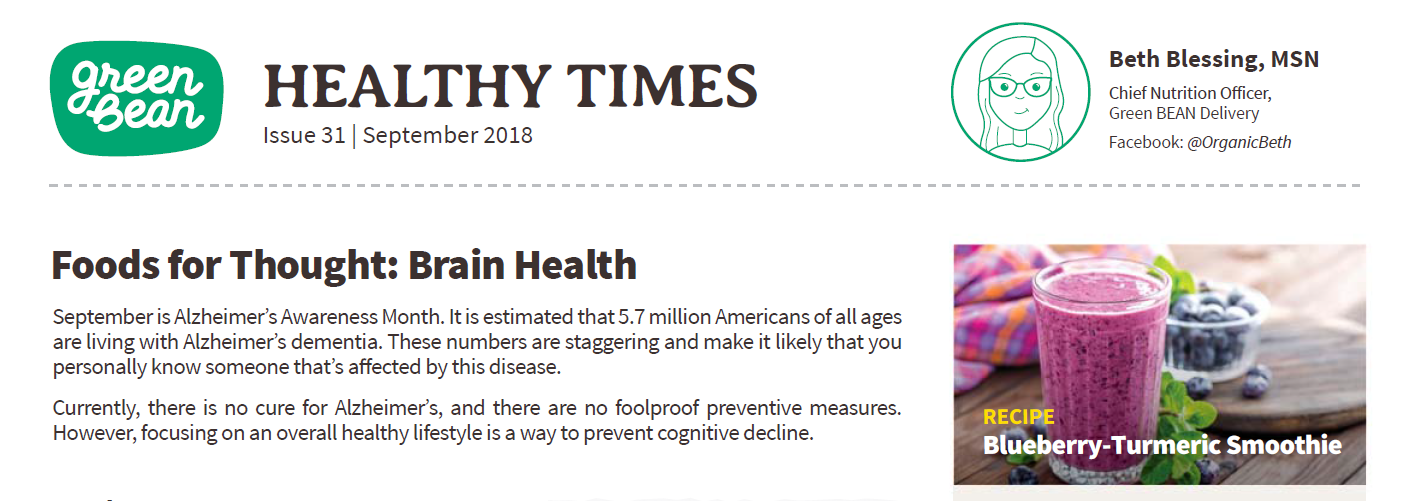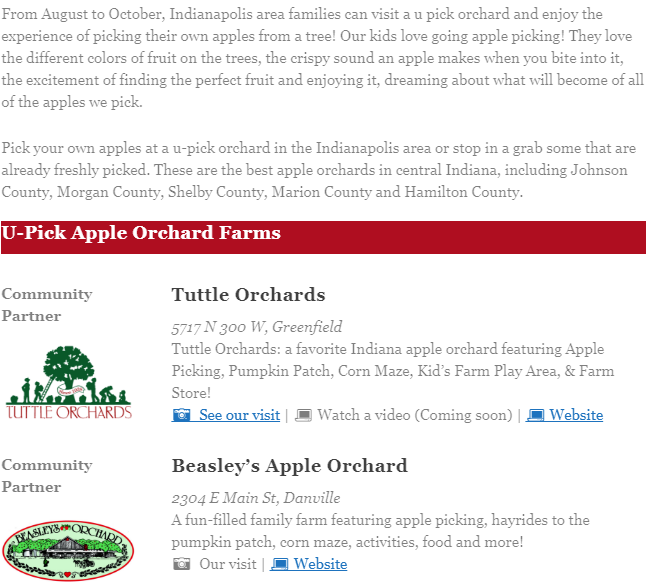
Category Archives: Think Before You Eat
Have a Pomegranate Today!
Can You Eat Pomegranate Seeds?

What Are the Health Benefits?
Pomegranate is an extremely healthy fruit. Many people pop them open, scoop out the seeds and eat them whole. Yet others suck the juice off each seed before spitting the white fibrous middle out. It’s the latter group who may be missing out on some of the pomegranate’s health benefits!
Nutrients
Pomegranates are rich in vitamin C, potassium, and fiber. The majority of that fiber is found in the white seeds hiding beneath the pockets of juice. It contains 48 percent of the recommended daily vitamin C intake, important for a variety of health functions.
Low Calorie
With 234 calories in an entire pomegranate, it’s a relatively low-calorie food. This makes them a delicious and ideal snack for anyone watching their weight.
Antioxidants
Pomegranate seeds contain a high number of antioxidants, which help protect the body against inflammation and free radical damage. There are also antioxidants in the peel, though few people eat pomegranate peels. These antioxidants, referred to as polyphenols, include tannins, flavonoids, and anthocyanin.
Involve Your Children and Grandchildren in Better Food Choices
10 Tips: Kid-friendly Veggies and Fruits
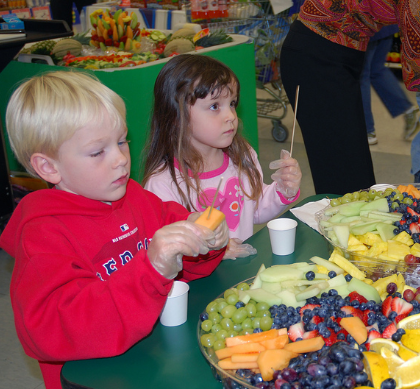
Encourage children to eat vegetables and fruits by making it fun. Provide healthy ingredients and let kids help with preparation, based on their age and skills. Kids may try foods they avoided in the past if they helped make them.
- Smoothie creations
Blend fat-free or low-fat yogurt or milk with fruit pieces and crushed ice. Use fresh, frozen, canned, and even overripe fruits. Try bananas, berries, peaches, and/or pineapple. If you freeze the fruit first, you can even skip the ice! - Delicious dippers
Kids love to dip their foods. Whip up a quick dip for veggies with yogurt and seasonings such as herbs or garlic. Serve with raw vegetables like broccoli, carrots, or cauliflower. Fruit chunks go great with a yogurt and cinnamon or vanilla dip. - Caterpillar kabobs
Assemble chunks of melon, apple, orange, and pear on skewers for a fruity kabob. For a raw veggie version, use vegetables like zucchini, cucumber, squash, sweet peppers, or tomatoes. - Personalized pizzas
Set up a pizza-making station in the kitchen. Use whole-wheat English muffins, bagels, or pita bread as the crust. Have tomato sauce, low-fat cheese, and cut-up vegetables or fruits for toppings. Let kids choose their own favorites. Then pop the pizzas into the oven to warm. - Fruity peanut butterfly
Start with carrot sticks or celery for the body. Attach wings made of thinly sliced apples with peanut butter and decorate with halved grapes or dried fruit. - Frosty fruits
Frozen treats are bound to be popular in the warm months. Just put fresh fruits such as melon chunks in the freezer (rinse first). Make “popsicles” by inserting sticks into peeled bananas and freezing. - Bugs on a log
Use celery, cucumber, or carrot sticks as the log and add peanut butter. Top with dried fruit such as raisins, cranberries, or cherries, depending on what bugs you want! - Homemade trail mix
Skip the pre-made trail mix and make your own. Use your favorite nuts and dried fruits, such as unsalted peanuts, cashews, walnuts, or sunflower seeds mixed with dried apples, pineapple, cherries, apricots, or raisins. Add whole-grain cereals to the mix, too. - Potato person
Decorate half a baked potato. Use sliced cherry tomatoes, peas, and low-fat cheese on the potato to make a funny face. - Put kids in charge
Ask your child to name new veggie or fruit creations. Let them arrange raw veggies or fruits into a fun shape or design.
https://www.choosemyplate.gov/ten-tips-kid-friendly-veggies-and-fruits
Fiber sources
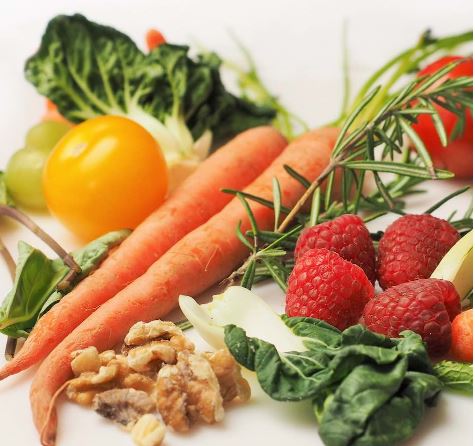
Did you know one ounce of chia seeds a day equals 40% of your daily fiber needs? For this and other fiber information, check out the great helps below:
The majority of Americans are not getting enough fiber in their diet. Fiber helps the digestive system move things along. It helps with satiety and thus can be assistive in weight loss. Other potential benefits are improved heart health, lower cholesterol levels, and decreasing the risk of diabetes.
Fiber is found in all the foods that people have been eating less and less of in the past 50 years. In order to “help”, many food manufacturers have been adding “fiber” to highly processed food-like products. Unfortunately, almost all the added fiber is of one type, inulin.
When your daily fiber intake is varied through real foods, you feed multiple gut bacteria colonies. When inulin is the main source of fiber, only specific types of bacteria thrive while others wither. This imbalance may result in gas, bloating, nausea, flatulence, stomach cramping, diarrhea, constipation and GI rumbling.
There’s no shortcut to a variety, but some fiber options are easier to implement than others. Your goal is to reach at least 25 grams of fiber a day. Here’s how you can do it.
1. High fiber cereal. Since most people eat cereal on a daily basis, make sure that the one you regularly eat has at least 5 grams of fiber per serving. Read the label to verify that the fiber is from whole grains and bran. On cold mornings, oatmeal is also a good choice, with 3 grams of fiber.
2. Nuts and seeds. It’s easy to snack on these as part of a trail mix or on their own. Besides 3 grams of fiber, you’ll be getting a good amount of protein and healthy fats.
3. Chia seeds. A 1-ounce serving of these seeds has 10 grams of fiber! Easy recipe: mix once ounce of chia seeds (2 tablespoons) with two cups of water and one tablespoon of maple syrup. Pour into a glass jar and refrigerate for an hour or two. Shake vigorously and enjoy.
4. Avocado. A serving of one half an avocado will set you back 120 calories, but reward you with 5 grams of fiber. Not to mention that heaven is defined as fresh avocado with a pinch of salt.
5. Banana. A humble banana a day will add 3 grams of fiber to your total.
6. Vegetable salad. a simple salad consisting of half a cup of lettuce, half an unpeeled cucumber, medium tomato, one shredded carrot, and dressing, will provide 4-6 grams of fiber.
7. Canned beans. These guys are a fiber powerhouse – a 4 ounce serving of beans has 5-7 grams of fiber. Add as a side to your breakfast omelet, lunchtime salad, or dinner protein.
What did we miss? How do you add fiber to your daily routine?
https://www.fooducate.com/app#!page=post&id=5BE7CDF0-476A-0C11-43AC-A3AE338DE451
Free Winter Cooking Classes
Winter Cooking Workshop Series
Adults are invited to join the Nutrition Services office of the Marion County Public Health Department for a series of programs as part of The Indianapolis Public Library’s Winter Cooking Workshop Series that will help in preparing healthy meals appropriate for the season.
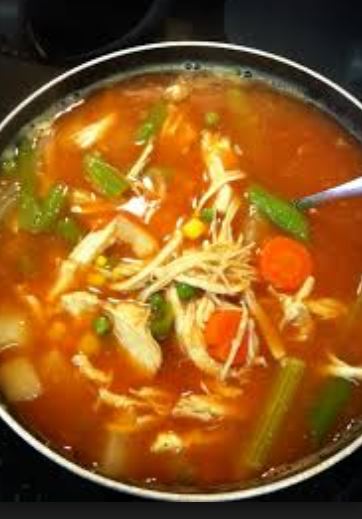 The series, to be presented through March at various IndyPL locations, will feature the following topics:
The series, to be presented through March at various IndyPL locations, will feature the following topics:
- “Keeping Warm With Soups”
There’s nothing quite as comforting as a hot bowl of soup, and there’s no better way to warm up during cold weather. Soups and stews are eaten in many countries around the world. Join our class for this cultural food workshop to learn how to make soups from around the world. Afterwards you will be able to cook a big pot of one of your favorites for family and friends and get set to enjoy the warmth and flavor. The workshop includes live demonstrations, food tasting and a lecture. Registration is required. The workshop is limited to 20 participants per session. - “Healthy Gut, Healthy Me!”
From your immune system to your mood, an array of conditions appears to be linked to the community of microorganisms within us or our microbiome. Join us to learn why maintaining a healthy gut is a hot topic of research and sample some recipes designed to keep your “bugs” in balance. The workshop includes live demonstrations, food tasting and a lecture. Registration is required. The workshop is limited to 20 participants per session. - “Go Red for Hearts!”
Your heart works hard for you your whole life so why not show it some love! There are many things you can do to make yourself less likely to get heart disease. This interactive class will guide you through some lifestyle steps to help your heart, emphasizing some specific changes you can make to your diet to help prevent heart disease. The workshop includes live demonstrations, food tasting and a lecture. Registration is required. The workshop is limited to 20 participants per session.
Call 317-275-4100 for more information about these free Library programs.
http://www.indypl.org/events/featured/winter-cooking-workshop-series/
November 2018 Green Bean Delivery Newsletter
For the Green Bean Delivery November 2018 Newsletter visit:
http://greenbeandelivery.com/blog/healthy-living/november-newsletter-vitamin-a-for-immunity/
Carbohydrate Clues
Carbohydrates are one of the major calorie-containing nutrients called macronutrients (the other macronutrients are fat and protein). Carbohydrates come in three main forms: starch, sugar, and fiber. When foods contain carbohydrates, they’re often a mix of these forms. In packaged foods, the grams and types of carbohydrates are listed on the Nutrition Facts Label.

Learn more about the changes to the Nutrition Facts Label here.
Disclaimer: Conagra Nutrition does not provide medical advice. Information is intended for educational purposes only. For specific nutrition guidance, please consult your regular healthcare provider or a registered dietitian.
https://www.conagranutrition.com/resources/nutrition-trends/nutrition-facts-label-carbohydrates
September Green Bean Delivery Newsletter
For the complete Healthy Times from Green Bean Delivery:
http://greenbeandelivery.com/blog/wp-content/uploads/2018/09/HT-Newsletter-Sept-2018.pdf
